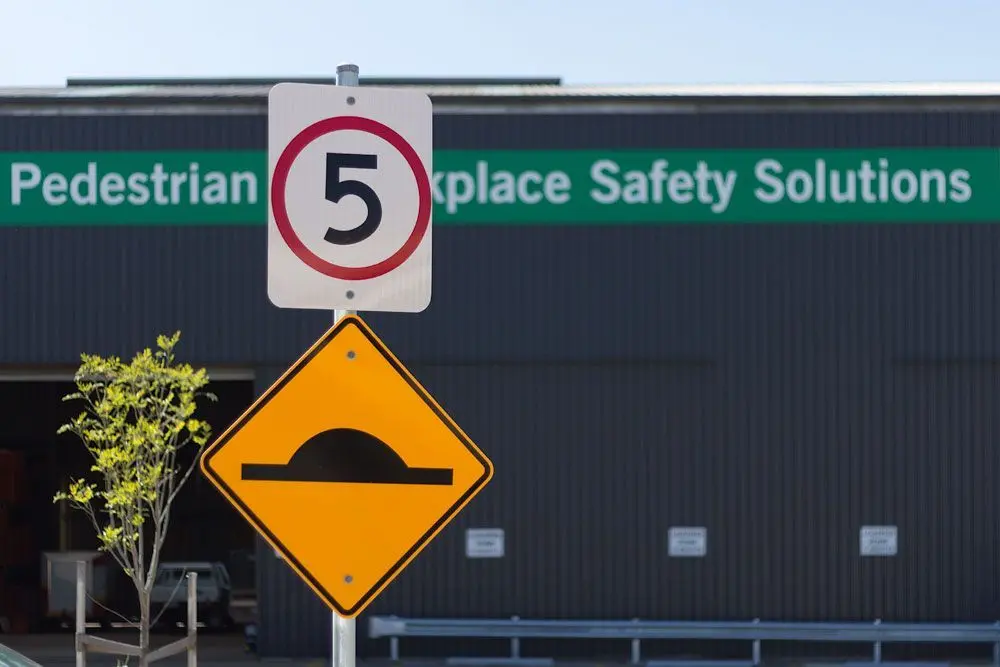Safety Signs for the Workplace
What type of sign are you looking for?
Safety Signs, Road Signs, Warning Signs, and Hazard Signs use colour, shape, symbols, and text to provide directional or instructional information that keeps ourselves and those around us out of harm's way.
It is impossible to drive anywhere without various signs providing guidance throughout the journey - it only makes sense to employ these types of signage within the workplace too. Safety Signs at work are just as important so we all know what we're doing-especially if it involves danger zones and hazardous areas.
What are the key safety rules for signs?
Signs should be highly visible, unobstructed, and at an average eye-level height. When moving around items near or on top of the sign, make sure they don't obscure visibility for people passing by.
Signs should be noticeable, loud, and easy to read. They shouldn't ever blend into the background. In most cases, unless you're trying to do some quick maintenance for a short period of time or set up a portable sign, safety signs need to be secure enough to stay in one place for a long time. Signs should always be made from tough materials - like metal - so they can resist all kinds of weather conditions.
Signs should be visible and understandable for everyone. Signs can either come in the form of safety warnings for an area, directional signs for people to find certain places, and other types of signage.
Placing them in relevant spots where people will see them can only do so much though - the messages they give off need to be written clearly and legibly. Placing too many signs at once might make it difficult for viewers to focus on what they're trying to communicate, as well as confuse others who might not know what any of these signs are about.
Signs should contain all the relevant information necessary for both employees and visitors to safely navigate around your establishment. In certain cases, you will need multiple languages so everybody can understand.
Generally, it's best to mount these signs on either walls or signposts located near hazards or where protocols need to be followed. Mounting them overhead ensures that everyone gets the message loud and clear! You could also use permanent fixtures like these if you want to, but sometimes employers choose fewer permanent options - things like traffic cones and portable posts - when they're close enough to the hazard.
Australian Standards
It is important that all safety signage be in line with current Australian Standards. These can be sourced from websites such as Sai Global. They list AS/NZ 1319-1994 as the Australian Standard for Safety signs for the occupational environment.

